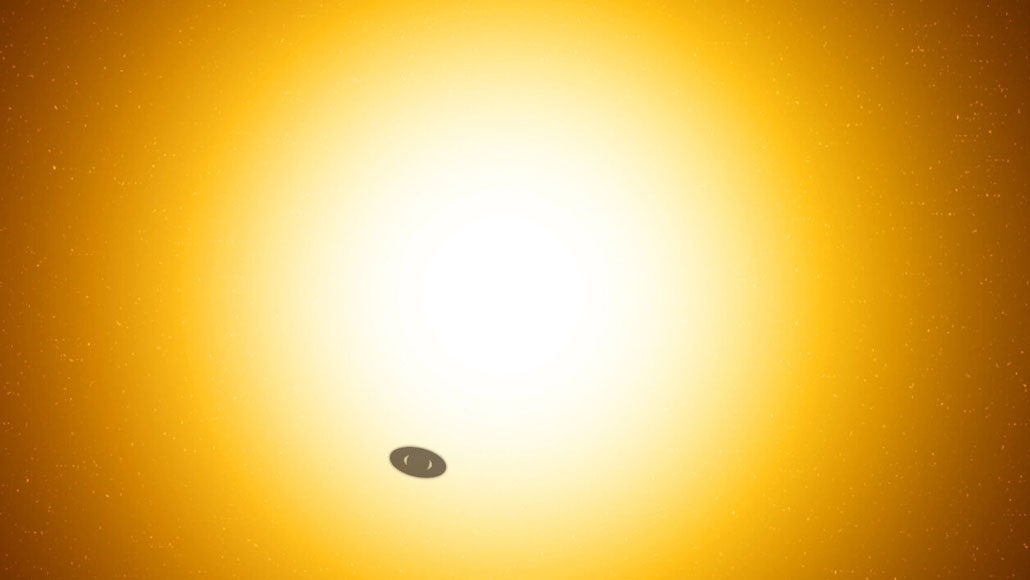Some ‘superpuff’ exoplanets may actually be ringed worlds like Saturn
Rings could make the mysterious planets look bigger than they really are

Wide rings could block light from a star as a planet crosses in front of it, making the planet look bigger than it really is, scientists say. This artist’s illustration shows what such a planet might look like up-close.
Robin Dienel, Courtesy of the Carnegie Inst. for Science







